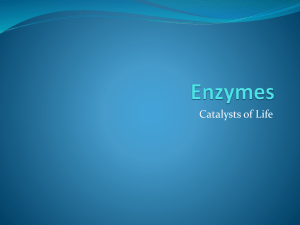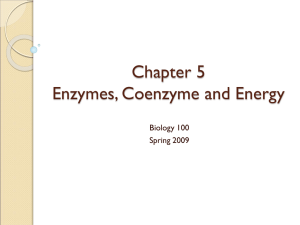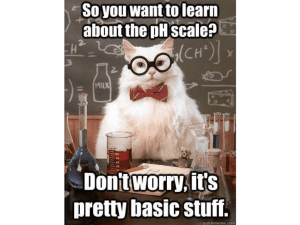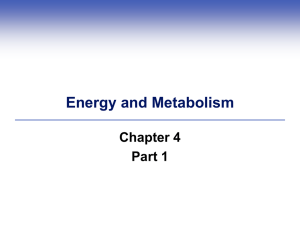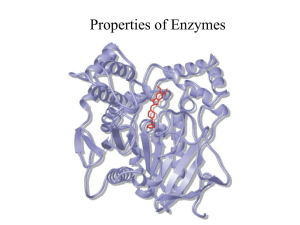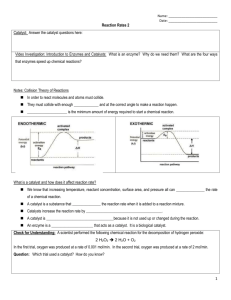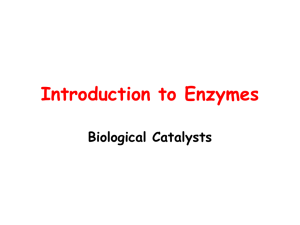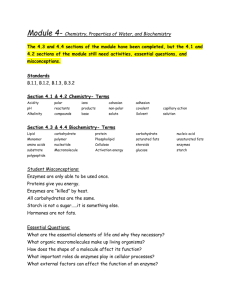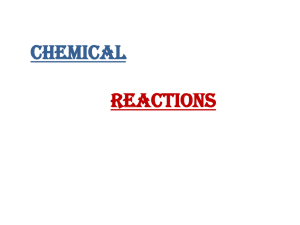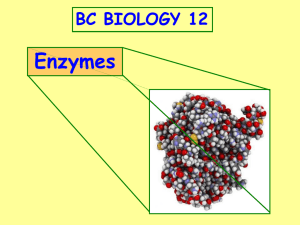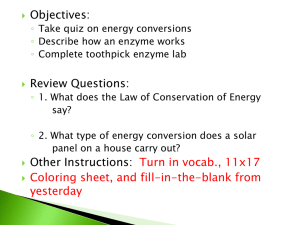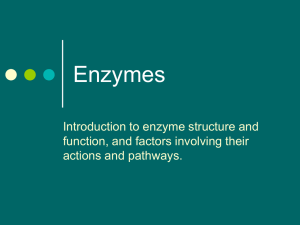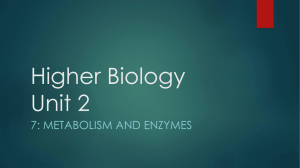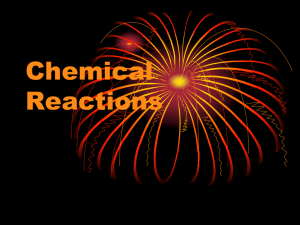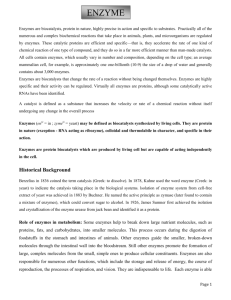Catalysts and Enzymes
advertisement
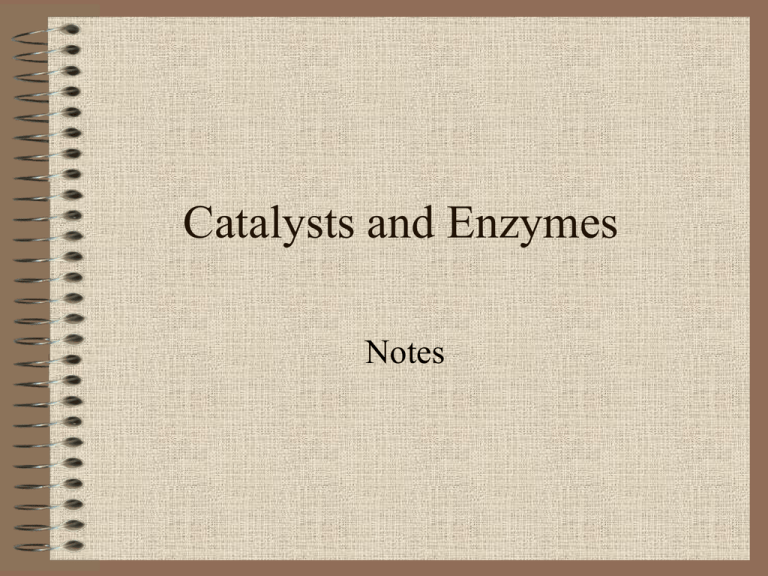
Catalysts and Enzymes Notes Chemical Reactions • Reactants Products • Change the bonds found in the reactants to make a product. Catalysts… • …Increase the rate of a reaction by decreasing the activation energy. •Activation Energy = Energy needed to make or break bonds. Reactions occur faster if it takes less energy. Enzymes and Catalysts… – Lower the activation energy for chemical reactions (a) Without enzyme Enzyme Activation energy barrier (b) With enzyme Reactants Products Enzymes vs. Catalysts • Enzymes are a type of catalyst. Catalysts Enzymes Enzymes Catalysts • Proteins • Not proteins •Organic •Inorganic •Found in living organisms •Not made by living organisms •Most end in -ase •Don’t end in -ase •Specific •Not specific More Enzyme Characteristics •Enzyme Reactions are reversible. •Enzymes are reusable •Enzymes do not change in a reaction Key Terms • Substrates = what enzymes act upon. – (The Reactants of the chemical reaction) •Active Site = site on the enzyme where the substrates attach. -- shape is specific to certain substrates Key Terms • Enzyme-Substrate Complex- When the two are temporarily connected. Allows bonds to be made or broken between the substrates. Key Terms • Products: – What is produced from the chemical reaction Lock and key model of Enzyme Activity Enzyme/Substrate Complex Induced Fit – The active site fits to the substrate, and the enzyme changes shape slightly – Like a hand shake Affects of Temperature • Heat denatures enzymes •Denature = change the shape R a t e o f r e a c ti o n 30o 40o Temp oC 50o Affects of pH • Enzymes work best at certain pH’s Cofactors and Coenzymes • Both help the function of enzymes •Both are NOT Proteins! • Coenzymes: •Cofactors: •Organic •Inorganic •Vitamins •Minerals •ie) E •ie) zinc Coenzymes Cofactors Inhibitors • Stop or inhibit enzyme activity •3 types: •Competitive •Non-competitive •feedback Competitive Inhibitors • Blocks the normal substrate from attaching to the active site. •ie) penicillin Competitive Inhibitors Substrate Inhibitor Enzyme Enzyme Substrate Non-Competitive Inhibitors • Bind to another part of the enzyme other than the active site. This causes the enzyme to change shape…rendering the active site useless. •ie) lead, mercury, fluoride Non-competitive Inhibitors Substrate Inhibitor Feedback Inhibitors • The end product blocks the active site to switch off a metabolic pathway Why are enzymes important? • Digestion: Help to break down food •Energy: Help reactions in the mitochondria that produce energy •Synthesis: Help make molecules •Allow reactions to occur (faster)



